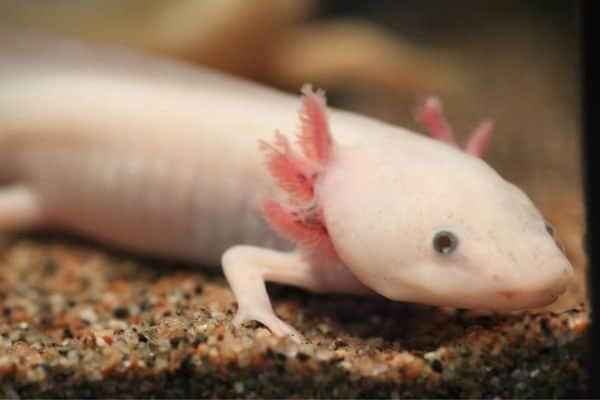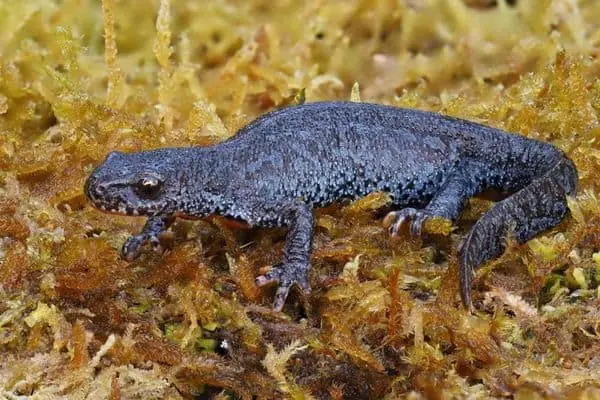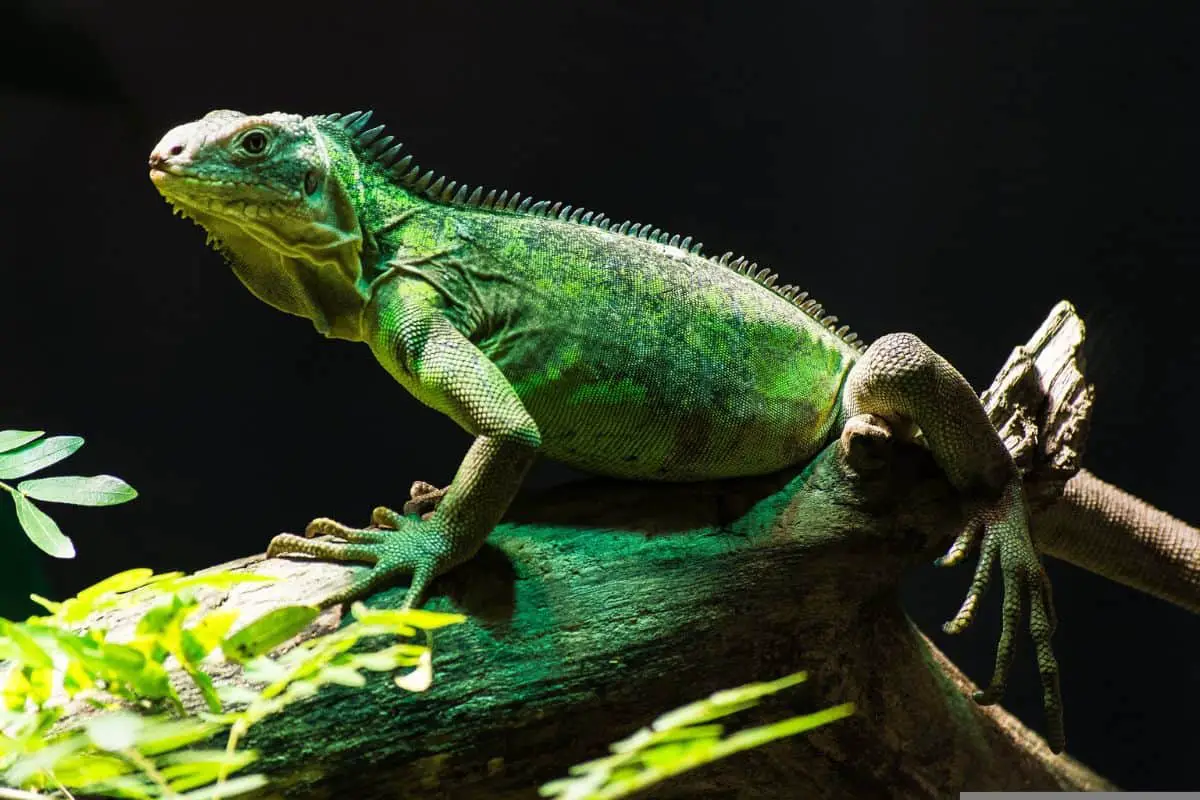Salamanders are a diverse group of amphibians with a wide range of unique characteristics. They’ve been widely kept as pets for many years and can be kept in captivity. However, selecting the right types of pet salamanders for you can be difficult without first learning about and understanding the needs of each species.
To that end, we’ve compiled a list of some of the most popular salamander pets and information about them that’ll help them thrive in captivity. This article contains a list of 11 pet salamanders as well as some information about them.
11 Types of pet salamanders
1. Axolotl

Scientific Name: Ambystoma mexicanum
Axolotls are one of the most fascinating pets to have. They’re a type of salamander with gills that can live in water permanently. Their natural habitat is Xochimilco Lake in Mexico City, but they’ve been introduced all over the world, including in some parts of Canada.
Axolotls, known by various salamander names, are carnivorous, eating flies, worms, tadpoles, and shrimp. They can grow to be 9 inches long and live for up to 20 years in captivity, but their life expectancy outside of captivity is much shorter due to natural predators and diseases.
Axolotls, unlike other salamanders, spend their entire lives in water. These animals make excellent pets for people who want to own a reptile but don’t want to deal with the hassle of transferring them to different tanks at different stages of their lives.
2. Tiger salamander

Scientific Name: Ambystoma tigrinum
Tiger salamanders are a popular pet and one of the most widely distributed salamander species. These species can be found across North America in a variety of habitats, including rainforests and woodlands near ponds, streams, rivers, and marshes. Insects and smaller amphibians, like frogs and slugs, make up the majority of their diet.
Tiger salamanders make excellent pets due to their adaptability. Because of their easygoing personality, they can adjust and become accustomed to their owners. If properly cared for, they can live in captivity for up to 25 years.
You’ll also need to provide suitable housing for this species, as they begin as aquatic larvae before developing into terrestrial adults. As mole salamanders, they prefer to live underground, so make you can prepare this kind of habitat for your pet.
3. Dusky salamander

Scientific Name: Desmognathus fuscus
Dusky salamanders are lungless salamanders, which means they breathe through their skin. They have very short limbs and a thick, flat tail. You can find these animals in North America, where they prefer moist environments with flowing streams.
Crustaceans, insects, spiders, worms, snails, millipedes, and other invertebrates are the foods this species consumes. As nocturnal animals, they hunt their prey on land and on the water’s surface at night.
Understanding the habitat and lifestyle of the dusky salamander will help you keep them healthy as pets and allow them to live and reach their natural lifespan, which is up to ten years.
4. California newt

Scientific Name: Taricha torosa
The California newt is a small aquatic salamander that can be found from California’s coast to the Mexican border. Among the types of salamanders, These newts inhabit damp, wooded areas, where they eat worms and insects that they catch with their long tongues. It has yellowish or reddish brown skin with a pale yellow underside.
Since they’re relatively simple to care for in captivity, California newts are also popular salamander pets. However, they require a 15-gallon aquarium with a semi-aquatic setup. When properly cared for, these animals can live for more than 20 years.
5. Chinese fire belly newt

Scientific Name: Cynops orientalis
The fire belly newt is a brightly colored aquatic amphibian that’s native to China. These animals can grow to be 4 inches long and live in areas with slow-moving bodies of water. The back of this Fire belly newt is black, with a red or orange belly.
They produce mild toxins in their bodies when threatened, which is why they’re not suitable pets to have around children. Nonetheless, they’re one of the most popular salamander pets in North America.
6. Eastern newt

Scientific Name: Notophthalmus viridescens
One of the most popular amphibians kept as pets is the eastern newt. They’re also known as red-spotted newts and are found throughout much of the eastern United States and Canada. These creatures can live in captivity for up to 15 years and in the wild for an average of 12 years.
Eastern newts are aquatic predators that eat leeches, crustaceans, mollusks, and small fish that live in their environment. These species are aquatic as larvae, feeding primarily on aquatic insects, but as juveniles, they become terrestrial animals.
When they reach adulthood, they revert to being aquatic animals. This is why water quality is critical when keeping these animals as pets. Their water temperature should also be between 60 and 70 degrees Fahrenheit.
7. Marbled salamander

Scientific Name: Ambystoma opacum
Marbled salamanders are amphibians that are indigenous to the eastern United States. They’re a type of mole salamander that lives in deciduous woodlands near moist lands and bodies of water. These salamanders spend the day burrowing and hunting at night.
Unlike other salamanders, they don’t breed in water, and to reproduce, they only require temporary pools filled with rainwater.This species can reach a length of 4.75 inches and has white bands on its black body.
Due to their simplicity of maintenance, they’re popular pets for newbies. However, the proper habitat setup, such as a minimum substrate layer of 7-10 cm and a temperature of 65-75°F, must also be considered.
8. Spotted salamander

Scientific Name: Ambystoma maculatum
The spotted salamander is a small terrestrial salamander. They spend half of their lives underground and only come to the surface during mating season in the spring. You might be able to find them under logs or rocks near streams or ponds if you live in their range.
These salamanders eat insects like beetles and flies, as well as worms, slugs, and snails. They can live for up to 25 years if kept in a healthy terrarium, and are among the amphibians that make excellent pets.
9. Mudpuppy

Scientific Name: Necturus maculosus
Mudpuppies are aquatic salamanders that live in rivers, lakes, and ponds. They can both breathe underwater thanks to their lungs and gills, but these salamanders primarily use the oxygen their gills can provide.
Mudpuppy care requires a large tank because they can grow to be 17 inches long. In addition, you must keep the temperature between 68 and 72 degrees Fahrenheit.
10. Alpine newt

Scientific Name: Ichthyosaura alpestris
Another small salamander that’s popular as a pet is the Alpine newt. They originate in Central Europe and live in forests, only migrating to bodies of water to breed.
Alpine newts primarily consume plankton and insect larvae. As pets, they thrive in both aquatic and terrestrial environments and can live for up to 20 years. These animals hibernate on land, so provide them with plenty of soil and dead leaves during this season to ensure a good hibernation.
11. Japanese fire belly newt

Scientific Name: Cynops pyrrhogaster
The Japanese fire belly newt is a small, brightly colored amphibian that’s native to Japan. It’s larger than the Chinese fire belly newt, reaching 5 inches in length. They’re freshwater creatures that inhabit slow-moving rivers and ponds.
These species are popular pets for beginners because they’re simple to manage, requiring only that their natural habitat be completely replicated. To thrive well, they need a dry place and plenty of water in their tank to live.
They’re carnivorous and will consume invertebrates such as earthworms, grass shrimp, bloodworms, waxworms, and others. Japanese fire bellies are also highly toxic, so you must exercise extreme caution when handling them.




